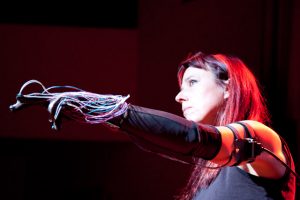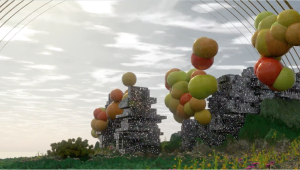I am interested in an interactive project. I am inspired by the James Cameron Avatar Exhibition made in 2011 and Connected Worlds. The Avatar exhibition uses a interactive projection screen where visitors come into Pandora’s climate and socialize with the characters. There are luminescent floating jellyfish creatures that glide in the planets forest and glowing woodsprites appear when the audience move suddenly, making the experience feel real like a act and react interaction. Connected worlds is an interactive connected ecosystem by Design I/O in collaboration with the New York Hall of Science. It is a large scale immersive interactive ecosystem that is composed of six interactive ecosystems spread out throughout the hall of science. The viewers can use physical logs to move water from the waterfall flowing across the floor into different environments and can use their hands to plant seeds. Plants grow and creatures appear based off of the state of the environment (caused by the visitors) and this causes a chain reaction of behaviors.
http://design-io.com/projects/ConnectedWorlds/
https://www.snibbe.com/education-entertainment#/james-cameron-avatar-exhibition/
![[OLD FALL 2018] 15-104 • Introduction to Computing for Creative Practice](../../wp-content/uploads/2020/08/stop-banner.png)


